Why is Stolac so fascinating? You will understand it when you enter the town center with its old ‘čaršija’ (bazaar) and Ottoman-style buildings. But that is only the beginning. Sitting on a shady terrace in front of the old mosque, you can enjoy a Turkish coffee and eat ‘ćevapi’, before you start discovering the historical treasures in the surroundings.
If you travel from Montenegro to Western Europe (or vice-versa) by taking the alternative route through Bosnia and Herzegovina, you will pass through Stolac, a beautiful old town between Trebinje and Mostar, located on the banks of the Bregava river. And if you are interested in history and have an adventurous spirit, I would strongly recommend you to take a break in this area that has been attracting people since prehistoric times.
Who would expect such a huge fortress on the top of a near-by hill? Or what about the megalithic site of Daorson, an unexpected surprise for those interested in archaeology? But the most interesting sites in this region are two UNESCO-protected necropoli – Radimlje and Boljuni – with medieval tombstones, also called ‘stecći’.
As we spend each summer in Slano near Dubrovnik, we often make day trips to the southern part of Herzegovina and we find the area around Stolac really amazing. Can you imagine that this area has been inhabited for at least 16 millennia? That means that Stolac is the place with the longest and richest history of urban life in Bosnia and Herzegovina.
But let me tell you something more about the cultural and historical sites of Stolac and its surroundings.
1. Town center
In the town center, you can admire jewels of Ottoman architecture: the Stolac Bazaar and the Begovina residential complex, the Šarić House with its Ottoman-style windows and the Sahat Kula (clock tower).
The clock tower was built in 1664 and stood by the Careva mosque. The Austro-Hungarians removed the bell in 1917; they melted it down to make cannon shells.
The Čaršija mosque (built in 1519) and the bazaar were destroyed during the war in 1993, but after 2001, the complete Ottoman architectural complex in the town center was renovated. With its roofs made of stone plates and old massive walls, the town center offers a special experience.
2. Vidoška Fortress
The Vidoška fortress is located on the top of a hill overlooking Stolac and it is certainly worth a visit. You can reach it by foot within 15 minutes from the center. The fort was built by the Byzantine emperor Constantine in the 5th century, but it was mentioned for the first time in a charter dated 1444.2.
With its 13 towers, the Vidoška Fortress is one of the largest fortifications in Bosnia and Herzegovina. When the Austro-Hungarians conquered the area in 1878, they started to renovate the old fortification and in 1888, a new fortress was erected above the one that had existed in the Ottoman period.
3. Radimlje
The necropolis of Radimlje is the most famous site with medieval tombstones (stećci) in Bosnia and Herzegovina. It was recently added to the list of UNESCO World Heritage sites.
Radimlje is located at a distance of 12 km from Stolac in the direction of Mostar. It includes 133 tombstones, some of which are beautifully decorated with artistic ornaments: human and animal figures, hunting motifs, crosses and weapons. The tombstones have been cleaned in order to disclose the drawings, but they date back to the 1480s. Entrance fee to the site is 4 KM (2 euros).
I have always been fascinated by ‘stećci’ or medieval tombstones, as their origin has never been explained. Stećci are located in the southeastern part of Bosnia and Herzegovina, but also in Croatia, Montenegro and Serbia. It is estimated that there are around 60,000 stećci scattered across the country, most of them in hardly accessible regions, in forests and high in the mountains.
Who were these people? Where did they come from? Is it true that they belonged to the Bogumils, members of a Christian sect from Bulgaria who took refuge in Bosnia and the surrounding countries?
4. Boljuni
Another interesting necropolis is Boljuni, located 15 km southwest of Stolac, by the road Stolac – Hutovo. The site is situated in a valley below the village and it is distributed in two groups. The 274 tombstones of Boljuni have many common characteristics with other tombstones in Eastern Herzegovina. They are set in rows and oriented in the east-west direction.
We were not surprised to be the only visitors of the necropolis. Not many tourists are interested in this kind of tourist attractions, as the Adriatic Sea is so near… Being all alone in the middle of nowhere, it was fascinating to see these tombstones lying among orchards, tobacco fields, meadows with grazing livestock, and in the vicinity of village houses and a little church.
We found various original decorations on the tombstones of Boljuni: a lion, a woman with child, a bird, stylized rosettes, lizard-like animals, a hunter etc.
The majority of these tombstones date from the time when master-craftsman Grubač was active here (1440-1460).
South of the necropolis is the Neveš well, round in shape and built with around 1300 stones of various sizes. Wells of this type are also called Greek wells, which indicates their relative age.
The Neveš well is even older than the Boljuni tombstones. It was used by the local population until the 1990s. In the vicinity there are four similar wells, but the Neveš well is the largest and best preserved.
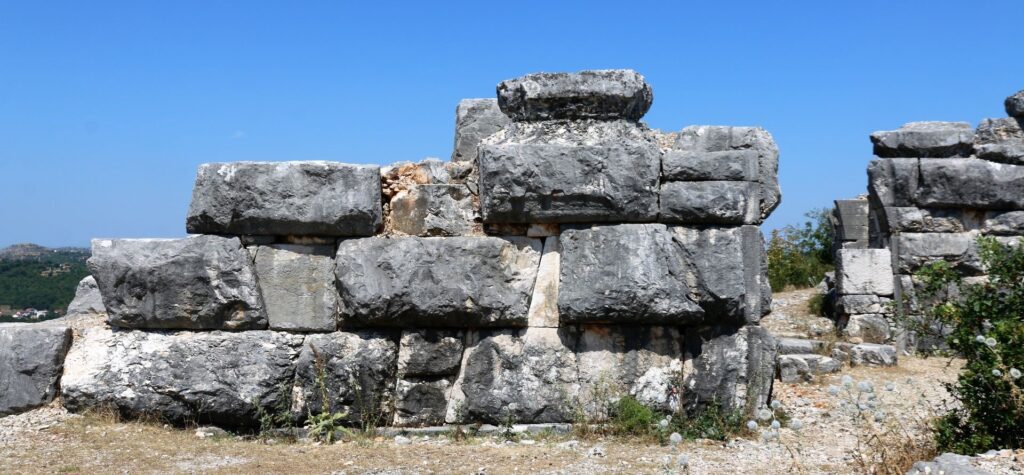
5. Daorson
Our visit of Daorson, a megalithic site at a distance of 5 km from Stolac, was a special experience. We reached it by following a narrow road full of potholes to the top of a barren hill, from where we had a wonderful view of the valley and the surroundings.
It is believed that Daorson is around 2500 years old, but the ruins below the site may date back 7000 years. That is the reason why Daorson is also called the Stonehenge of Bosnia and Herzegovina. It used to be the capital of the Illyrian tribe Daorsi, which lived in the Neretva valley from 300 BC to 50 BC. Daorson was abandoned after the invasion of the Dalmatians in 43/44 AD. They destroyed the town and it was never populated again.
It seems strange, but the huge stones and the way of constructing the walls reminded me of the ancient Inca monuments I saw in Peru many years ago. I remember how I admired those cyclopean walls made of huge cut stones and blocks, built without any binding material. No wonder that I was flabbergasted, when I saw the walls of Daorson! Just take a look at the megalithic wall on the photos: it dates back to 400 BC and stretches over 65 meters!
What a pity that the site is abandoned, without any protection measures. I am sure that archeological research would discover much more about this interesting site!
Herzegovina does not only exist of Mostar, Blagaj, Počitelj and Trebinje. There are many things to discover in villages and hamlets, driving along narrow local roads through barren landscapes or beautiful pine forests.
If you want to avoid the crowds in the summer season, make a tour to this area and enjoy the beauties of authentic landscapes and historical sites!
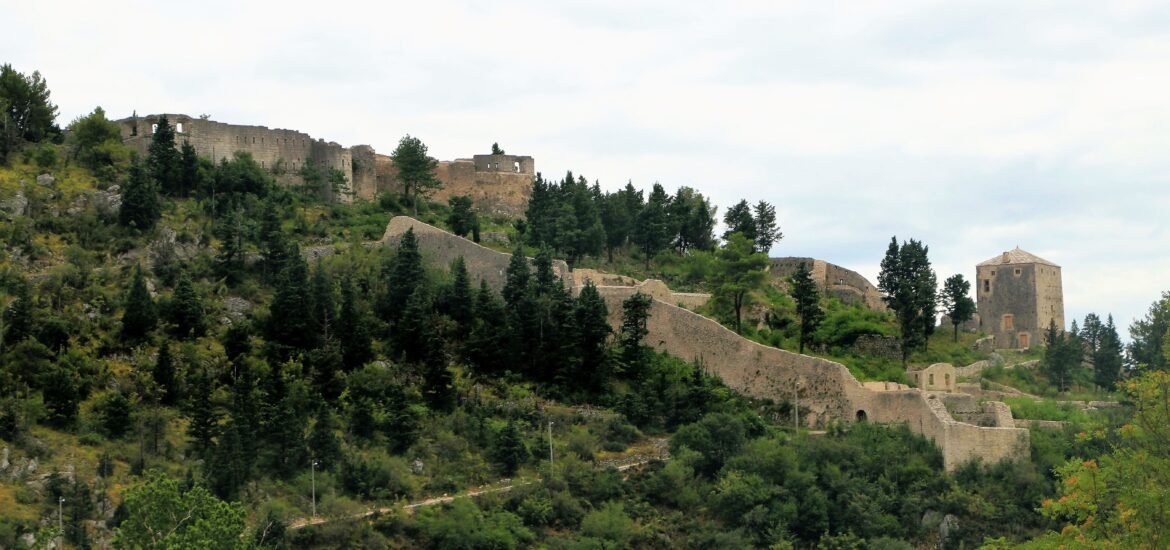
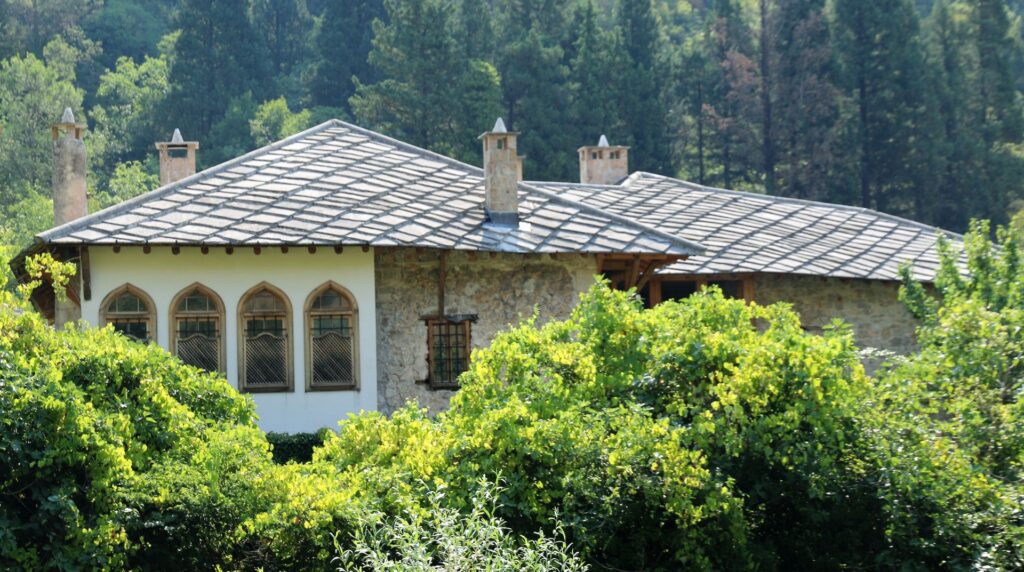
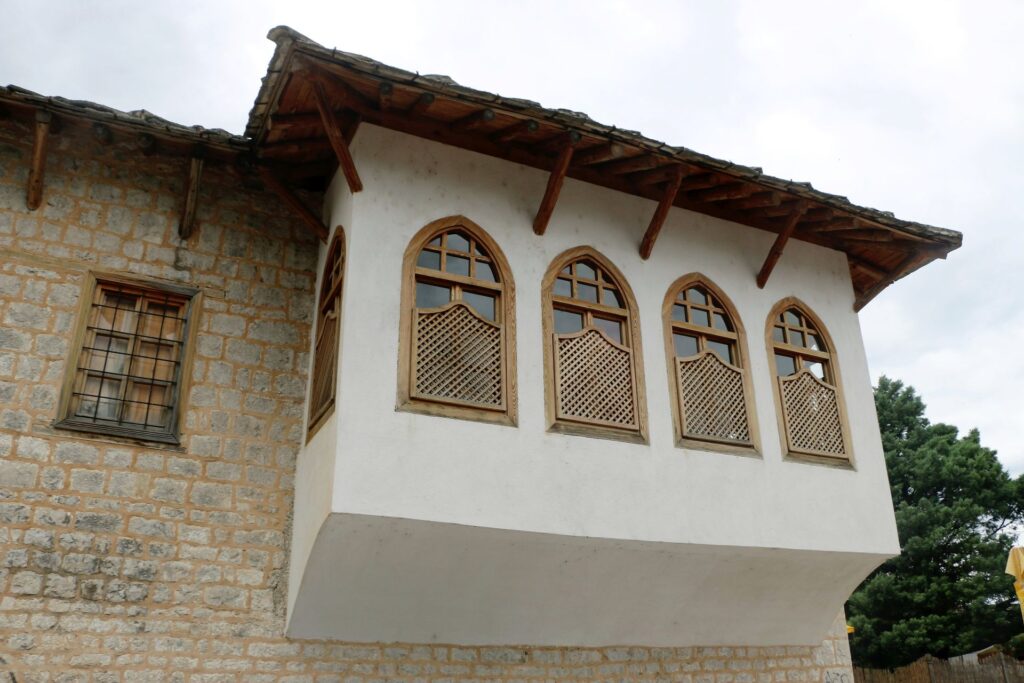
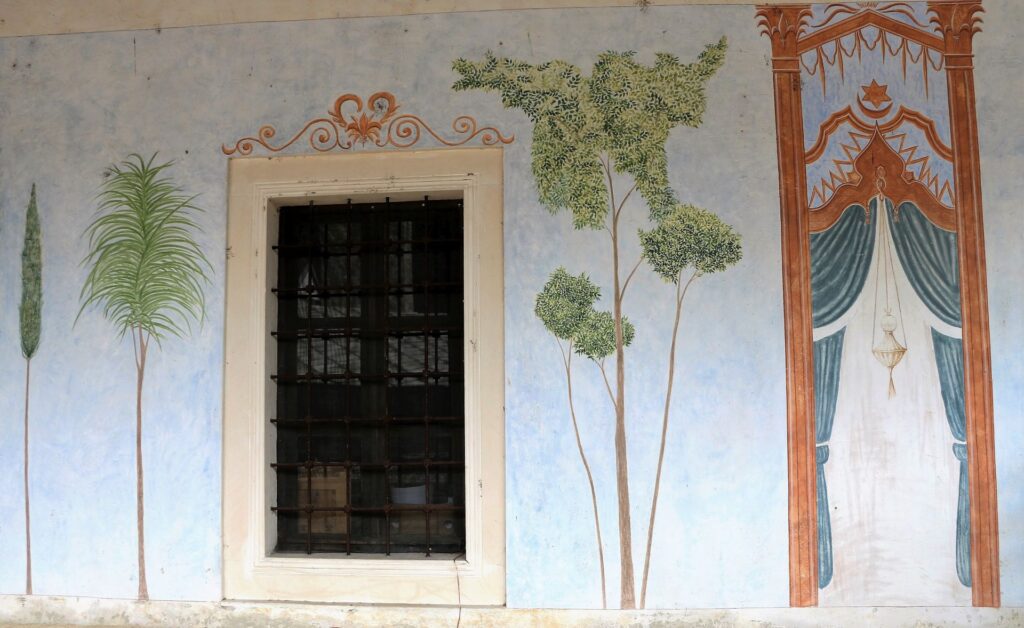
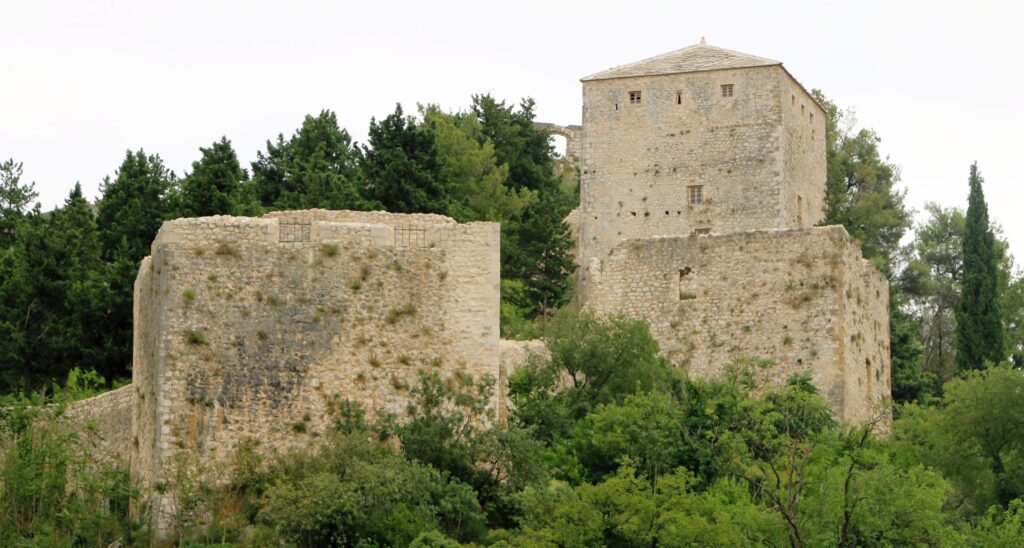

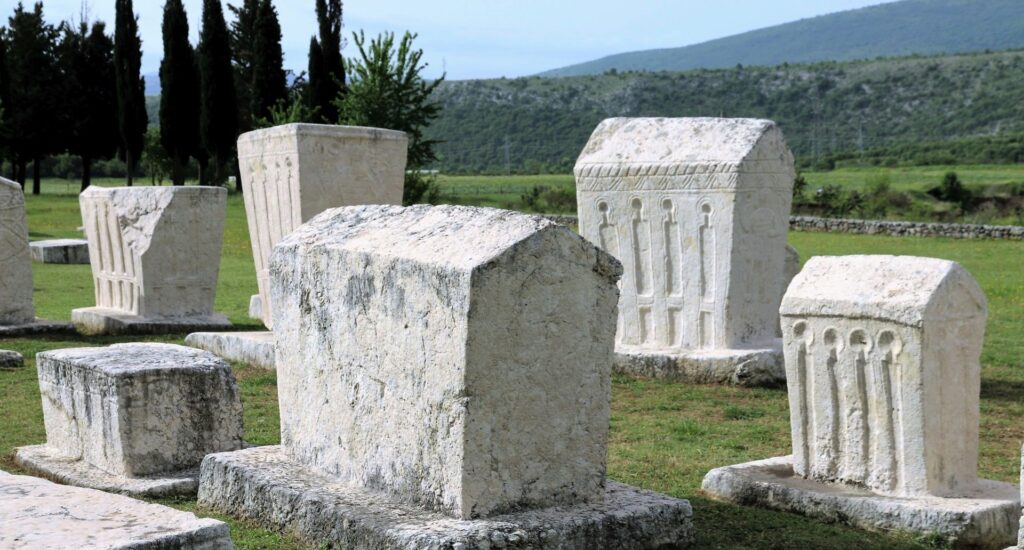
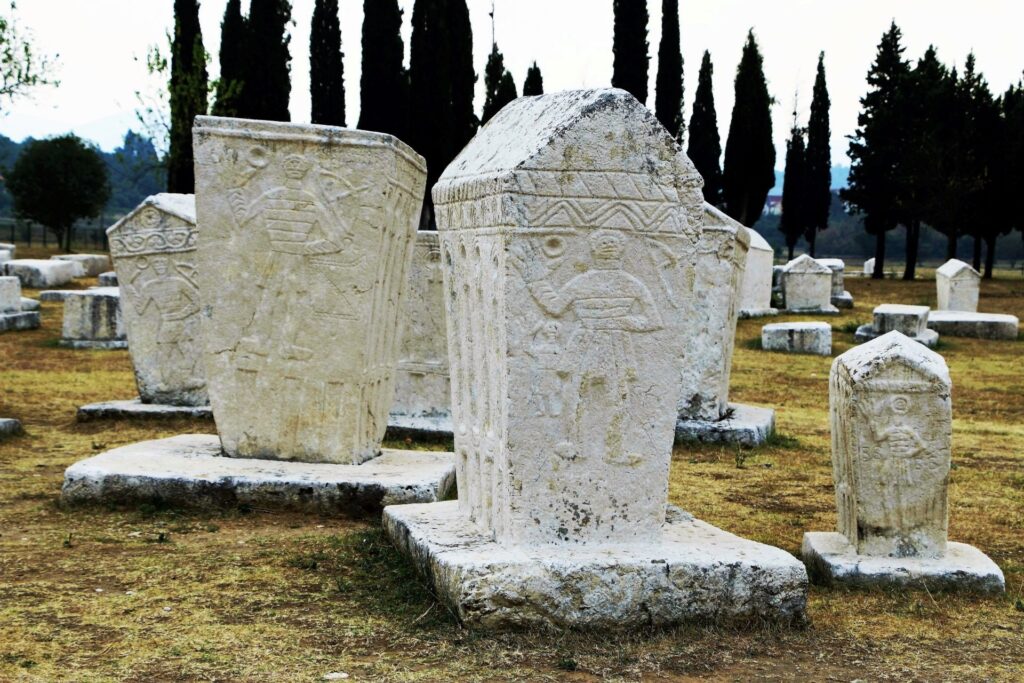

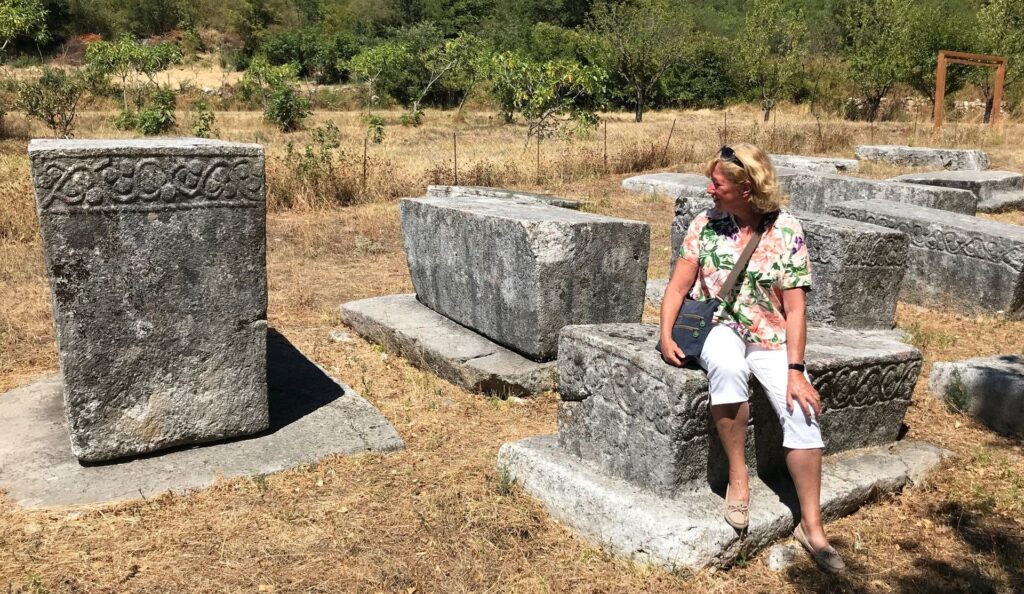
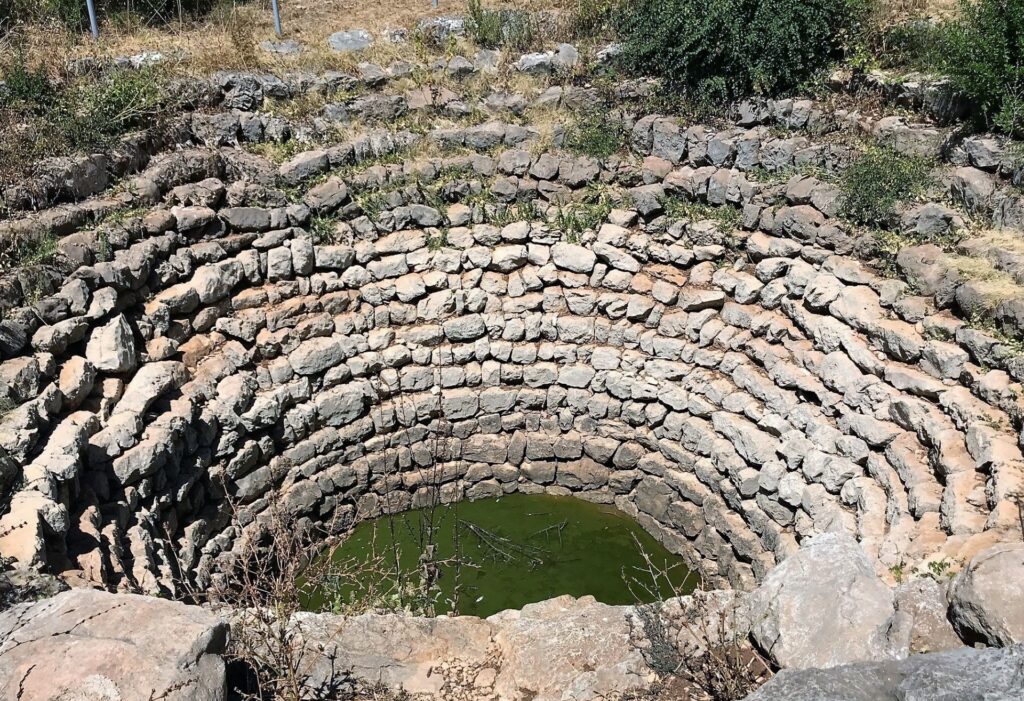
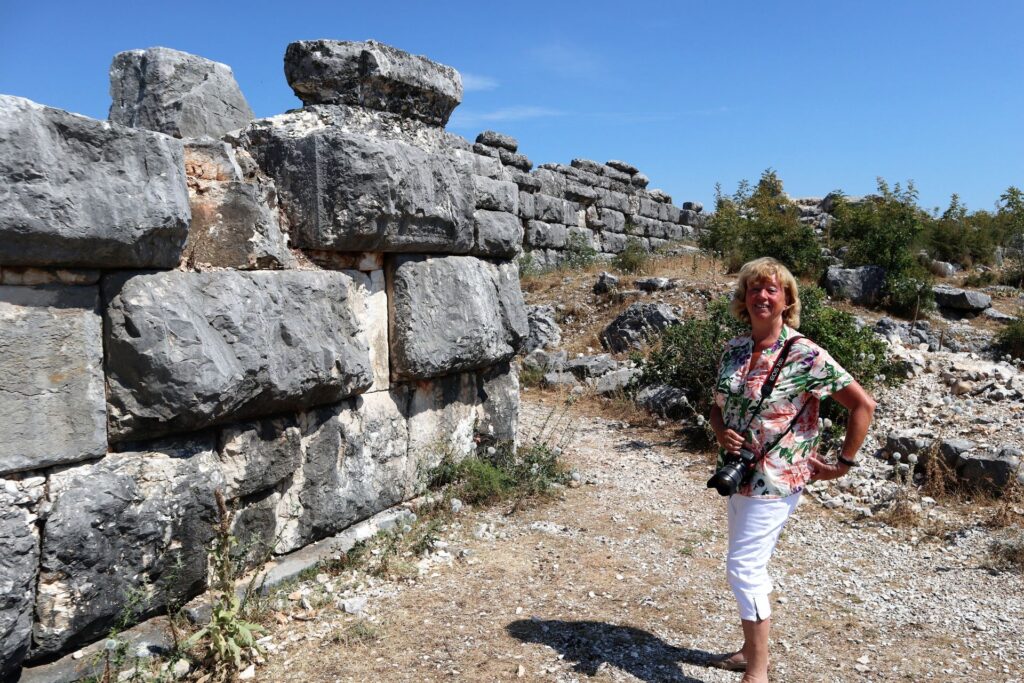
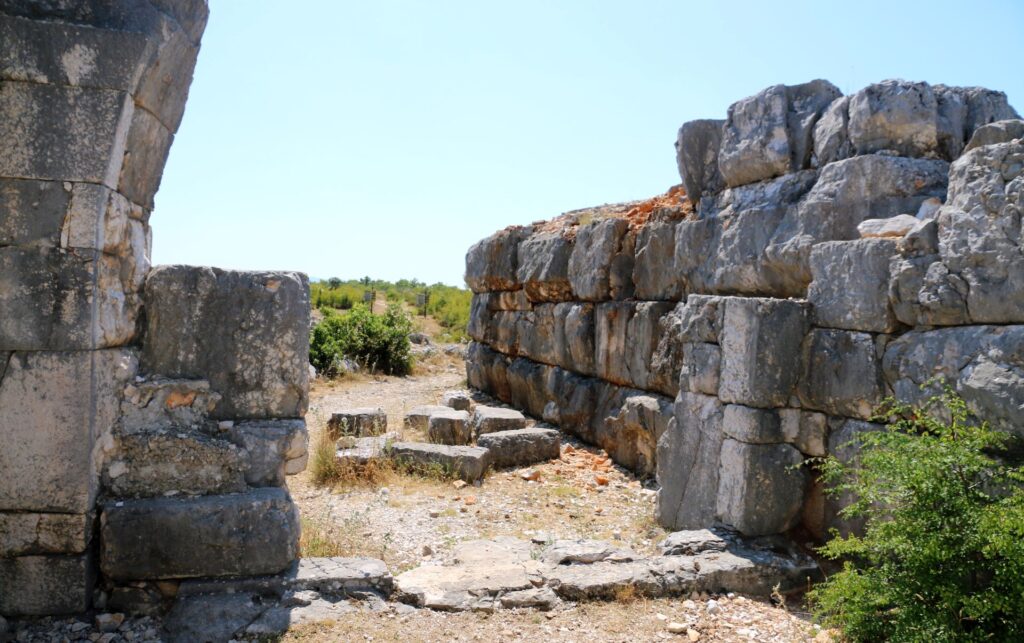
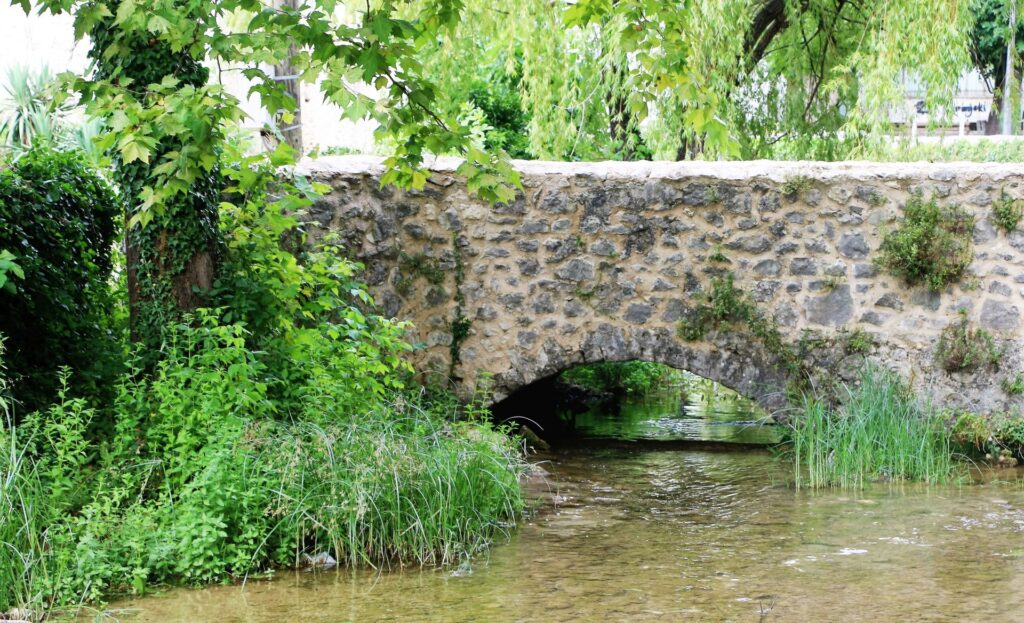
Thanks for sharing. I have bookmarked this link and Stolac is on my list of possible places to visit in Bosnia. Thanks to info found on your blog, my partner Mike and I were able to visit some stecci in Montenegro on a cool May, drizzly May day back in 2015. Stunning! The memory sticks, with us and we’re looking forward to doing more exploring. Thank you for continuing to share your stories and inspire our travels.
Hi Marianne,
Thank you for such a beautiful post. Your posts bring me so much joy (and sadness at the same time), too much emotions. When you made the post “5 AMAZING CITIES IN BOSNIA”, I wanted to write a long reply, but I gave-up. I have been in both Stolac and Radimlje but I did not have a clue about Boljuni and Daorson. Thanks for the tip. Stolac is a very nice little town. I love the Ottoman architecture. These windows on the niche of the houses are amazing. I grew up in Mrkonjic-Grad, surrounded with a few building from Ottoman period (mid 16th century). Unfortunately, everything was crushed to the ground during the war. The Mosque was rebuilt, but its just not it any more. Čaršija is not the same any more either.
Regards
Aleksandar